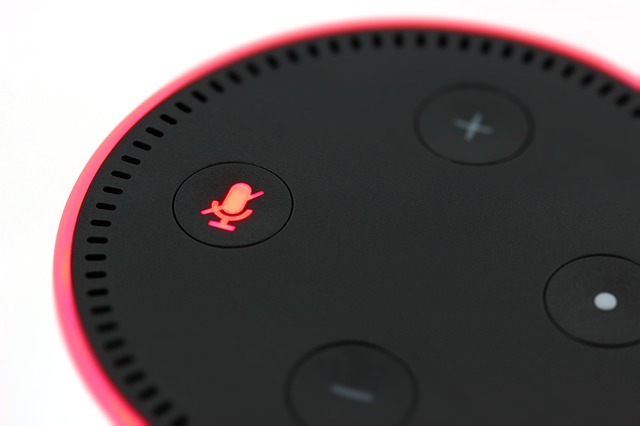In just a few years, the use of voice assistants has gone from rare to common. In 2015, 65 percent of people reported using a mobile voice assistant, like Siri, up from only 30 percent in 2013. In addition, as of early 2017, it’s estimated that at least 12 percent of households in the U.S. have some sort of home voice assistant device like Google Home or Amazon Echo. People use voice assistants in a variety of ways, but the devices are frequently engaged by asking them questions. Voice assistants process audio-based questions into text that is then fed to search engines to find answers, which in turn is changing the face of search itself.
Throughout 2017, we have noticed an increase in “OK Google…” type searches in our search terms reports in AdWords. As the use of voice search becomes more common, we expect to see a continued increase in these searches throughout the New Year and beyond. How can you prepare so you can make sure you’ll be able to reach consumers using voice search? While this remains a fairly new topic, we believe we have found a few great tactics!
- Use conversational language
Many users speak to their phones like they are speaking to a human. Phrases like “where can I,” “find me the closest,” or “what is” are a few keywords you need to make sure that your business will appear for when creating your paid search keyword lists and selecting match types. This tip is especially important if you have a storefront, provide an immediate service, or are using location and call extensions. For example, if you own a car repair shop, you can bid on “where can I get my car repaired,” or “find me the closest car mechanic.” You will be able to get cheaper clicks with these types of long tail, conversational keywords.
- Using “OK Google” itself as a keyword
As mentioned before, we have noticed an increase in keyword phrases that begin with “OK Google” in our search terms reports from those using Google Home. You can create mobile-only campaigns with keywords starting with “OK Google.” We would recommend looking at the last 6-12 months to see which popular “OK Google” searches you have received and begin there. By creating mobile-only campaigns, you can tailor your ads and extensions to give the user the best mobile experience possible. Be sure to exclude keyword insertions* in your ads!
- Use different platforms
While Google may be the most popular, there are other search engines helping lead the way for voice search. In September, Apple announced Google would be replacing Bing for Siri’s search results, but Amazon Echo, one of the most popular voice command devices, is sticking with Bing for the foreseeable future. Consider adding Bing Ads to your paid marketing mix capture a new source of traffic.
- Incorporate long tail searches into organic search strategy
Similar to conventional language, you can optimize your website content for long tail organic searches. Long tail keywords are phrases of at least three words, and tend to be more specific searches compared to the short tail keyword which is only one or two words. By incorporating long tail keywords into your organic strategy, you can capture traffic from some of the more specific voice-activated searches. With voice-activated searches becoming more popular, long tail keywords will be more important than ever before.
*If you’d like us to explain what keyword insertions are or if you have any other questions about how you can tailor your strategy to accommodate voice search, we’re here!




